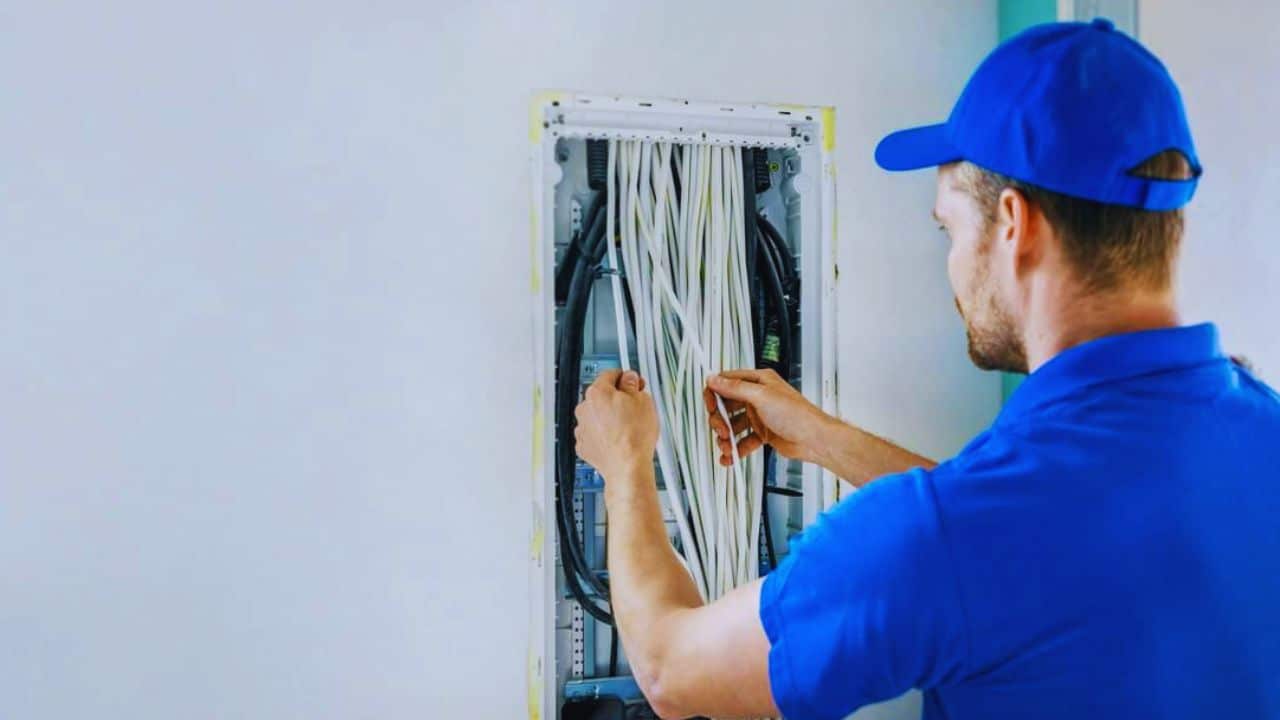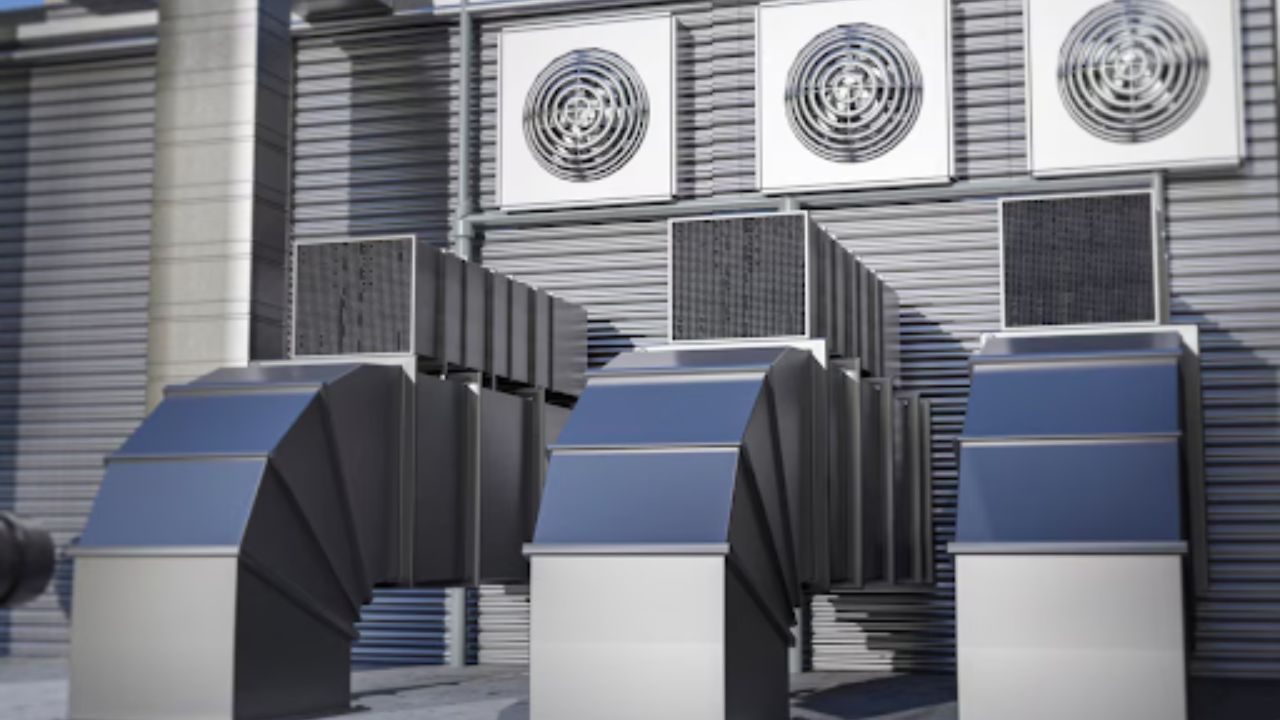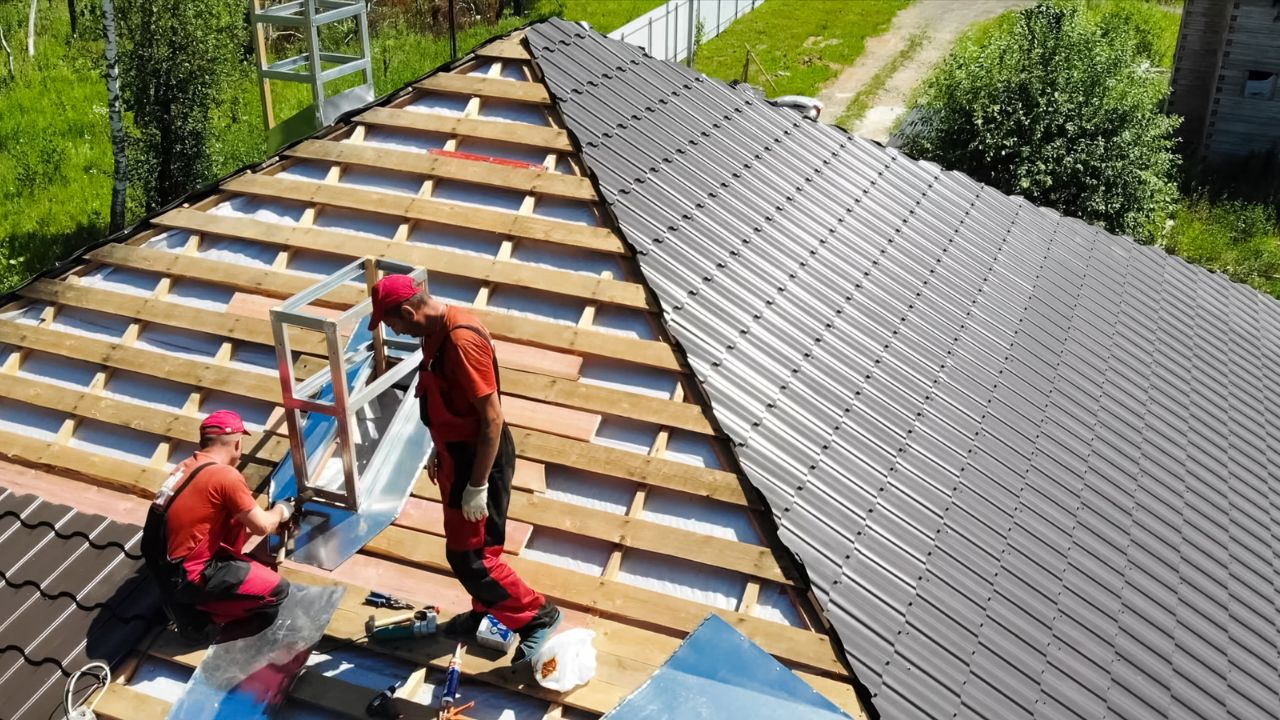Understanding home electrical wiring is essential for anyone looking to undertake DIY electrical projects or gain a better grasp of their home’s electrical system.
This guide covers all the fundamental aspects, including wire sizing, sheathing, safety principles, color coding, labeling, direct burial cables, wire stripping, box fill capacity, circuit breaker panels, and disconnect switches.
Electrical Wire Sizing: Importance of Proper Wire Size
Choosing the correct electrical wire size is crucial to ensure safety and functionality.
The American Wire Gauge (AWG) system determines the wire’s current carrying capacity, indicating how much amperage it can handle safely. Incorrect sizing can lead to short circuits or fires.
AWG and Maximum Current Capacity
| AWG | Max Current (Amps) |
| 6 | 37 |
| 7 | 30 |
| 8 | 24 |
| 9 | 19 |
| 10 | 15 |
| 11 | 12 |
| 12 | 9.3 |
| 13 | 7.4 |
| 14 | 5.9 |
| 15 | 4.7 |
| 16 | 3.7 |
Warning: Using wires not matched to the circuit’s amperage can significantly increase the risk of short circuits and fires.
Electrical Wiring Sheathing
NonMetallic (NM) Electrical Wire
Most indoor electrical wiring uses nonmetallic (NM) cables, often called Romex. NM cables contain three or more wires encased in a flexible plastic jacket suitable for outlets, switches, light fixtures, and appliances.
Sheathing Color Indicators
- White: 14gauge wires for 15amp service
- Yellow: 12gauge wires for 20amp service
- Orange: 10gauge wires for 30amp service
- Black: Heavier gauge wires for 40 to 60amp service
Electrical Wiring Safety Principles: Essential Safety Measures
Working safely with electrical wiring involves adhering to four fundamental principles:
- Work on Dead Equipment: Ensure the equipment is completely de-energized.
- Lock It Out: Prevent accidental power restoration by securing the circuit breaker or device.
- Test the Equipment: Use a voltage tester or multimeter to confirm the absence of power.
- Know Your Limits: If uncertain or unqualified, hire a certified electrician.
Electrical Wiring Color Coding
Wire colors help identify their function within a circuit:
- Black and Red: Current-carrying or hot wires.
- White: Grounded neutral conductors.
- Green and Bare Copper: Grounding wires.
Electrical Wiring Labels
Electrical wires and cables have essential information stamped or printed on insulation or outer sheathing.
These labels indicate wire size, material, insulation type, the number of wires in the cable, and exceptional ratings. Understanding these labels ensures you select the correct materials for your project.
DirectBurial Cable
Standard electrical cables are meant for indoor use. For outdoor projects or underground wiring, direct burial cables are necessary.
These cables feature individual conductors embedded in solid vinyl, protecting them from moisture. Depending on local codes, they can be installed with or without conduit.
Electrical Wire Stripping
Stripping involves removing the plastic insulation around the wire’s metal core. This task requires a unique wire stripping tool and careful handling to avoid damaging the wire. Proper stripping is crucial for secure connections in any wiring project.
Electrical Wiring Box Fill Capacity
Electrical boxes have limits on the number of wires they can safely contain. This fill capacity is based on box size, wire gauges, and the number of installed devices. Overfilling a box is dangerous.
Box Volume and Wire Capacity
For example, an 18 cubic inch junction box can hold up to nine 14 AWG wires. If an outlet is added, the capacity is reduced by two wires, allowing for seven 14 AWG wires plus the outlet.
Free Space Required per Conductor
| AWG | Free Space (cubic inches) |
| 6 | 5 |
| 8 | 3 |
| 10 | 2.5 |
| 12 | 2.25 |
| 14 | 2 |
| 16 | 1.75 |
| 18 | 1.5 |
Electrical Wiring in a Circuit Breaker Panel
The electrical panel, or service panel, is the distribution point for a home’s electrical system, housing all circuit breakers or fuses. While wiring a panel should be left to professionals, understanding its function and the role of breakers is beneficial for homeowners.
Electrical Disconnect Switches
An electrical disconnect switch allows the power to a home’s electrical system to be shut off from an outdoor location, typically below the electric meter.
Not all homes have this feature, and installing one requires a licensed electrician.
Final Thoughts
By following these guidelines and understanding home electrical wiring basics, you can safely and effectively manage your electrical projects. Always prioritize safety and consult with a professional to ensure compliance with local building codes and regulations.















































